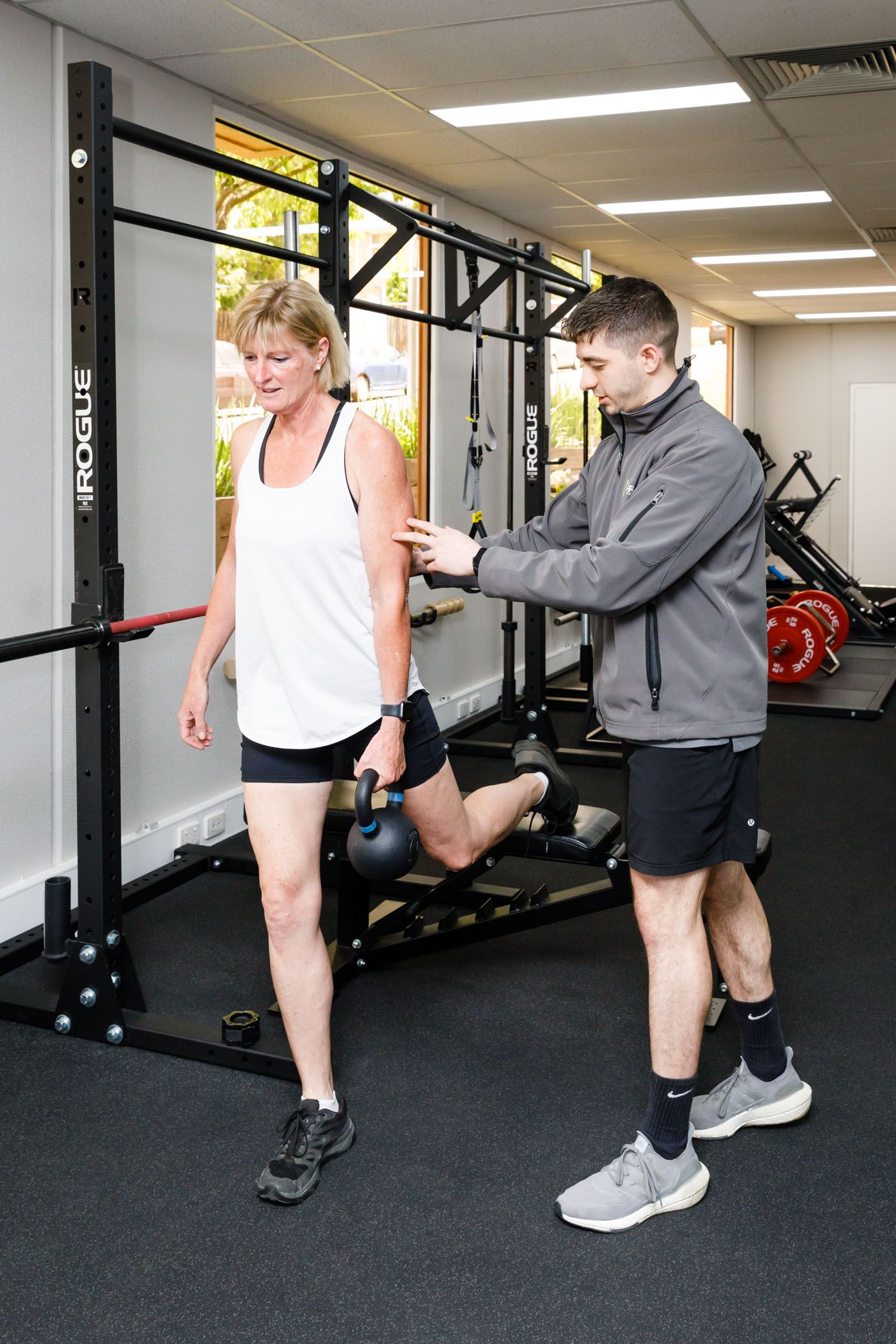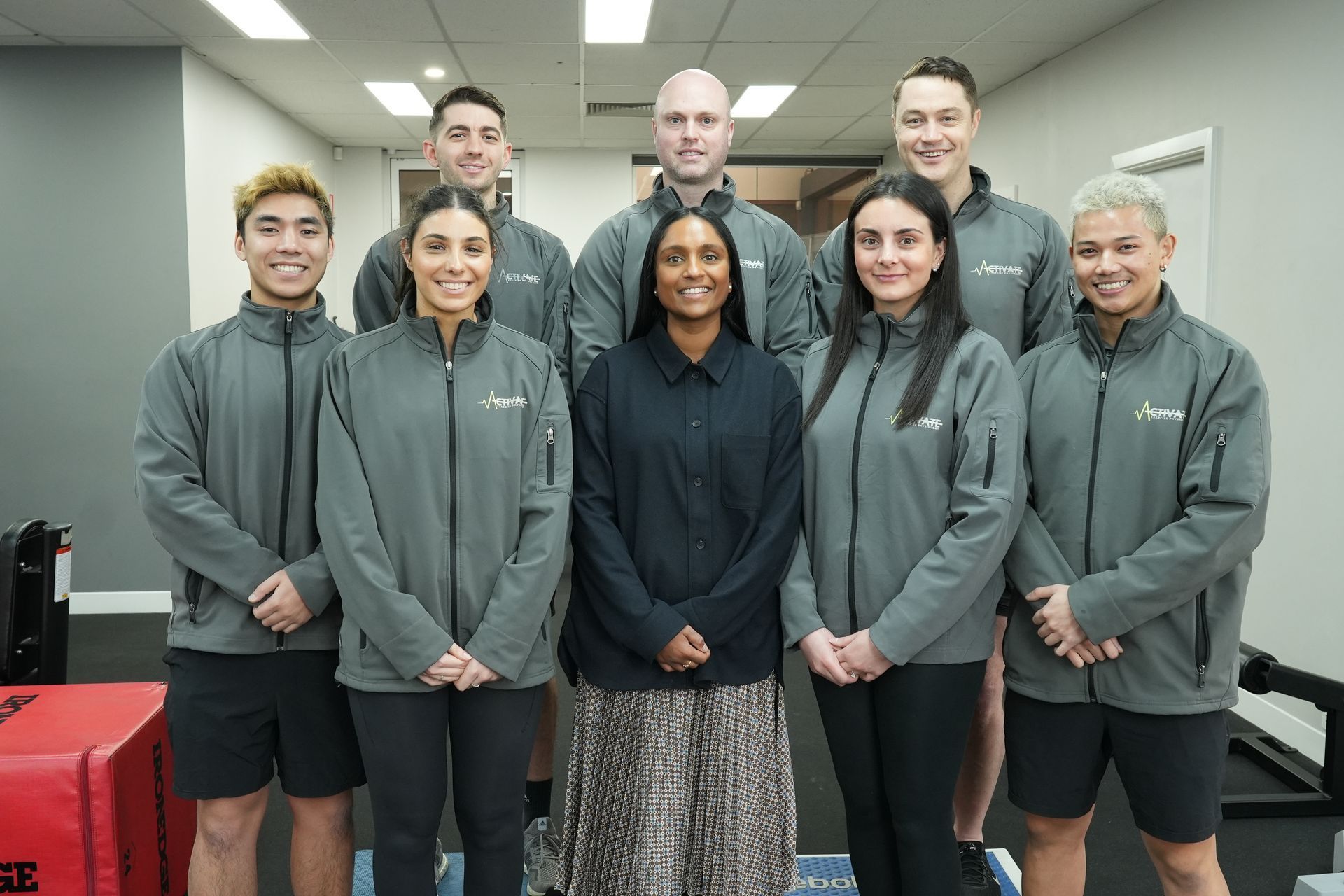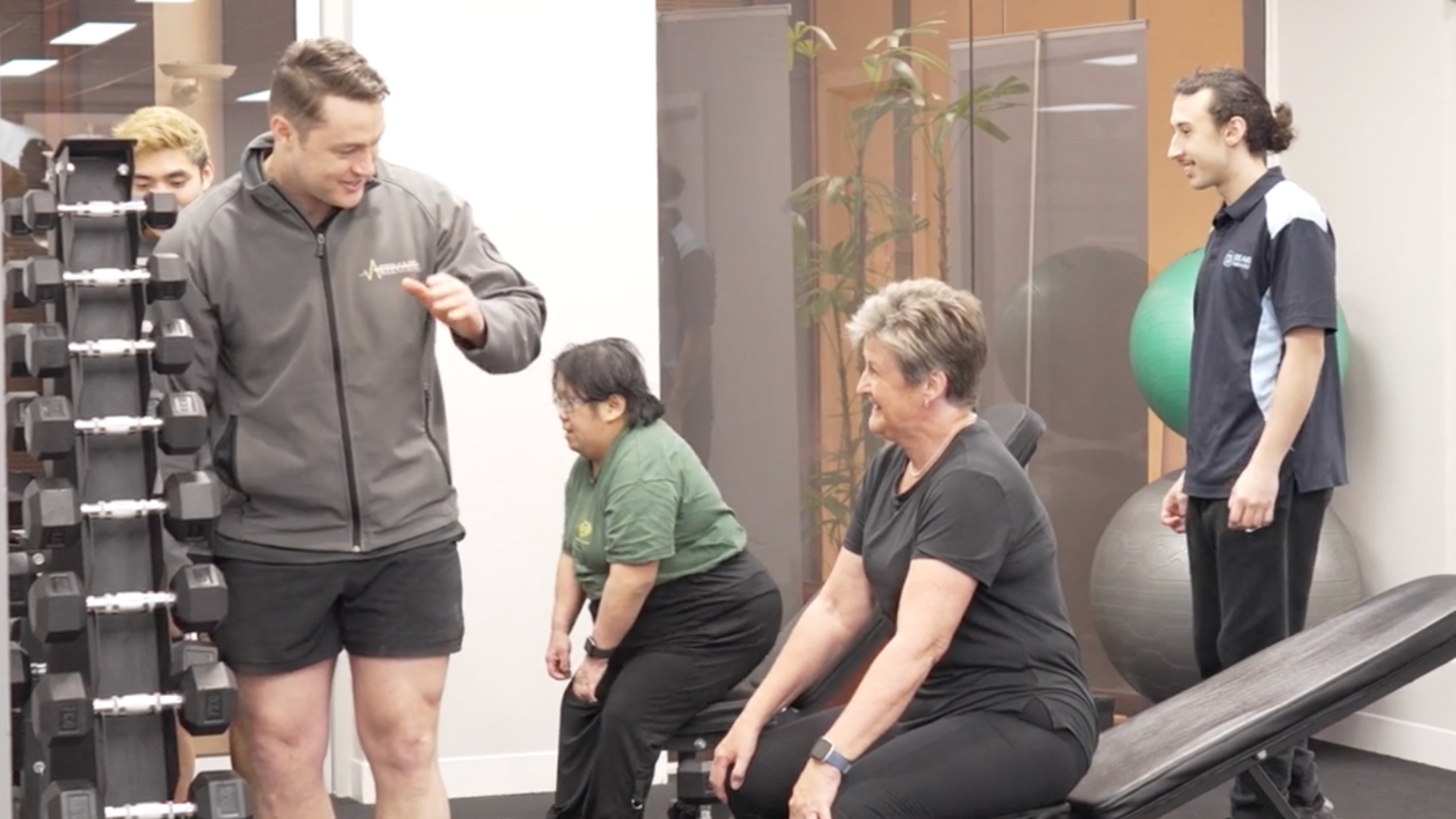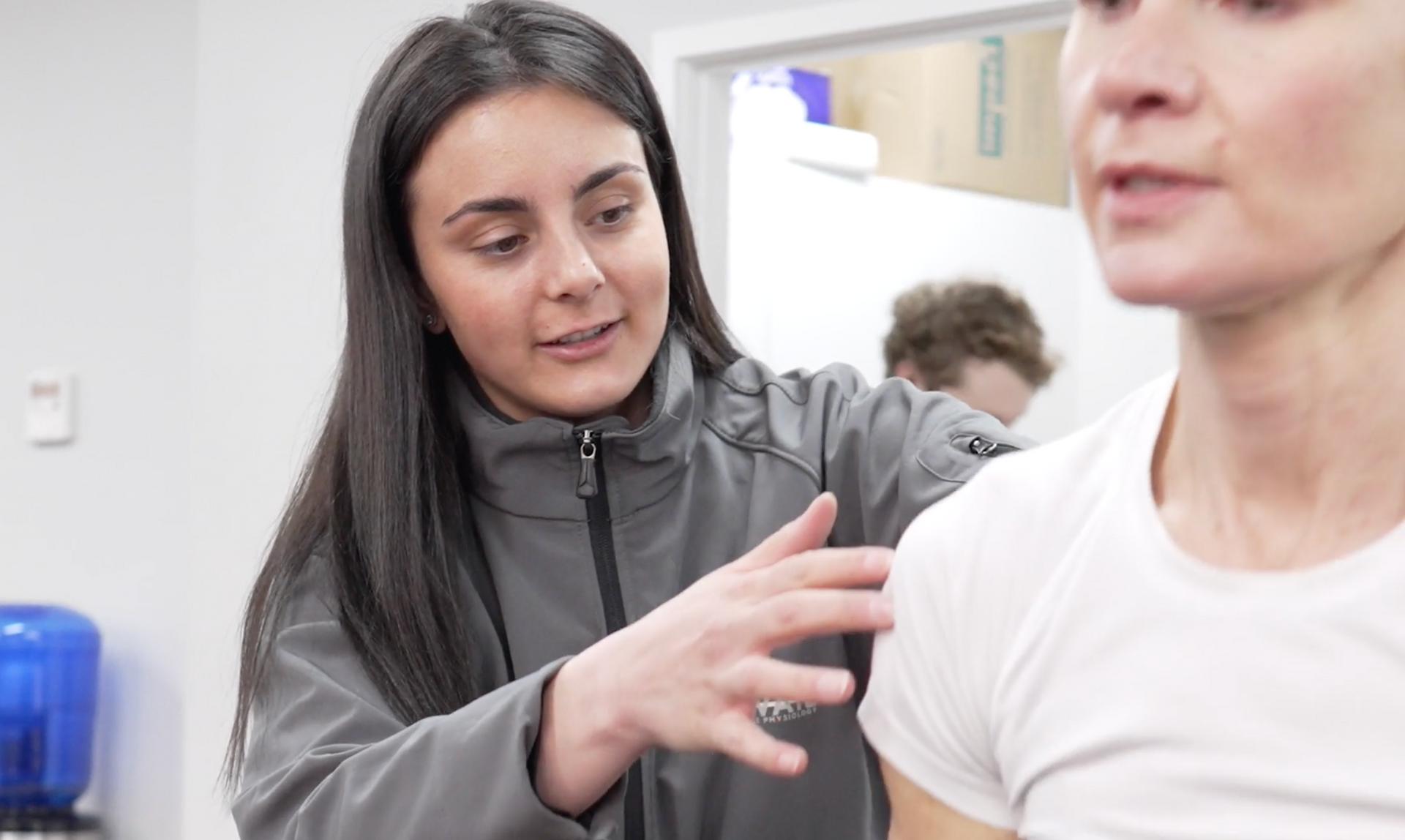Exercise Physiology: 1/131 Bulleen Road, North Balwyn 3104
Occupational Therapy & Speech Pathology: 1/147 Bulleen Rd North Balwyn

The Essence of Movement: Rethinking Exercise Engagement
The Essence of Movement: Rethinking Exercise Engagement
In the realm of exercise science, we're perpetually confronted with evolving methodologies, cutting-edge research, and the perennial quest to optimise. human performance and health. Yet, amidst this scientific context, a foundational truth often gets obscured – the paramount importance of movement, in any form, as the cornerstone of physical well-being.
As a seasoned Exercise Physiologist and a proponent of challenging industry norms, I propose a perspective that might seem controversial to some:
"the best you can hope for with clients is that they do some form of movement, however little." This assertion is not a capitulation to mediocrity but a call to redefine our engagement with exercise and its role in health promotion.
Consider this - A client, let's call them Alex, comes to you with a history of starting and stopping various fitness regimes, each time ending in frustration and a sense of failure. Alex's story is not unique but rather emblematic of a widespread issue – the daunting nature of conventional fitness ideals. This example foregrounds a vital conversation about the barriers to regular physical activity and the need for a paradigm shift in how we define and approach movement.
Unpacking the Proposition
At its core, this stance encourages us to reconsider what we deem "successful" in the context of physical activity. Traditional metrics of success – be it lifting heavier, running faster, or achieving a sculpted physique – while valid, do not encapsulate the broad spectrum of benefits derived from simply moving more. Movement, in its most unadorned form, encompasses a range of activities beyond structured exercise, offering accessible pathways to health for a broader audience.
Insights from Exercise Physiology
Research consistently highlights the myriad benefits of regular physical activity, including but not limited to cardiovascular health, mental well-being, and reduced risk of chronic diseases. The Exercise & Sports Science Australia (ESSA) and similar accrediting bodies underscore the importance of physical activity at any level, advocating for movement as a non-negotiable pillar of health. Studies have shown that even minimal increases in physical activity can lead to significant health benefits. This evidence supports the notion that fostering any form of movement can be a critical step in enhancing one's quality of life.
Addressing Assumptions and Biases
The fitness industry, at times, can be overly prescriptive, pushing narratives that valorize extreme fitness regimes and marginalize those unable to meet these standards. This bias not only alienates a significant portion of the population but also perpetuates a false dichotomy between being a dedicated athlete and leading a sedentary lifestyle. It's essential to challenge this narrative and recognize that engagement in physical activity exists on a continuum, and every point on this spectrum offers its own set of benefits.
Encouraging a Different Perspective
Adopting this broader perspective necessitates a shift in how we, as exercise professionals, engage with our clients. It involves:
- Personalising the Approach: Tailoring recommendations to fit the individual's lifestyle, preferences, and capabilities, ensuring that the proposed activities are sustainable and enjoyable.
- Broadening the Definition of Success: Recognizing and celebrating progress in any form, such as increased daily steps, incorporating stretch breaks into the workday, or simply choosing to take the stairs.
- Fostering Inclusivity: Creating an environment that welcomes individuals of all fitness levels, backgrounds, and abilities, reinforcing that there's a place for everyone in the realm of physical activity.
Conclusion
As we continue to advance in our understanding of exercise science, let us not lose sight of the fundamental principle that movement, in any capacity, is beneficial. By embracing a more inclusive and flexible approach to physical activity, we can better serve our clients and the broader community, encouraging a healthier, more active society. This perspective does not undermine the value of structured exercise programs but rather complements them, recognizing that the journey towards health and well-being is both personal and varied. In fostering an environment that celebrates all forms of movement, we pave the way for a more inclusive and holistic approach to fitness and health.
Let this serve as a call to action for my fellow professionals to engage in this dialogue, challenging our preconceptions and biases, and ultimately, enriching the lives of those we serve by advocating for movement in its most universal form.
Disclaimer
This blog post is for sparking discussion and isn't medical advice. Always talk to a healthcare provider for exercise recommendations, especially if dealing with pain or injury. This conversation is meant to open our minds and encourage a more inclusive view of fitness, acknowledging the complexities of managing pain within the context of exercise.
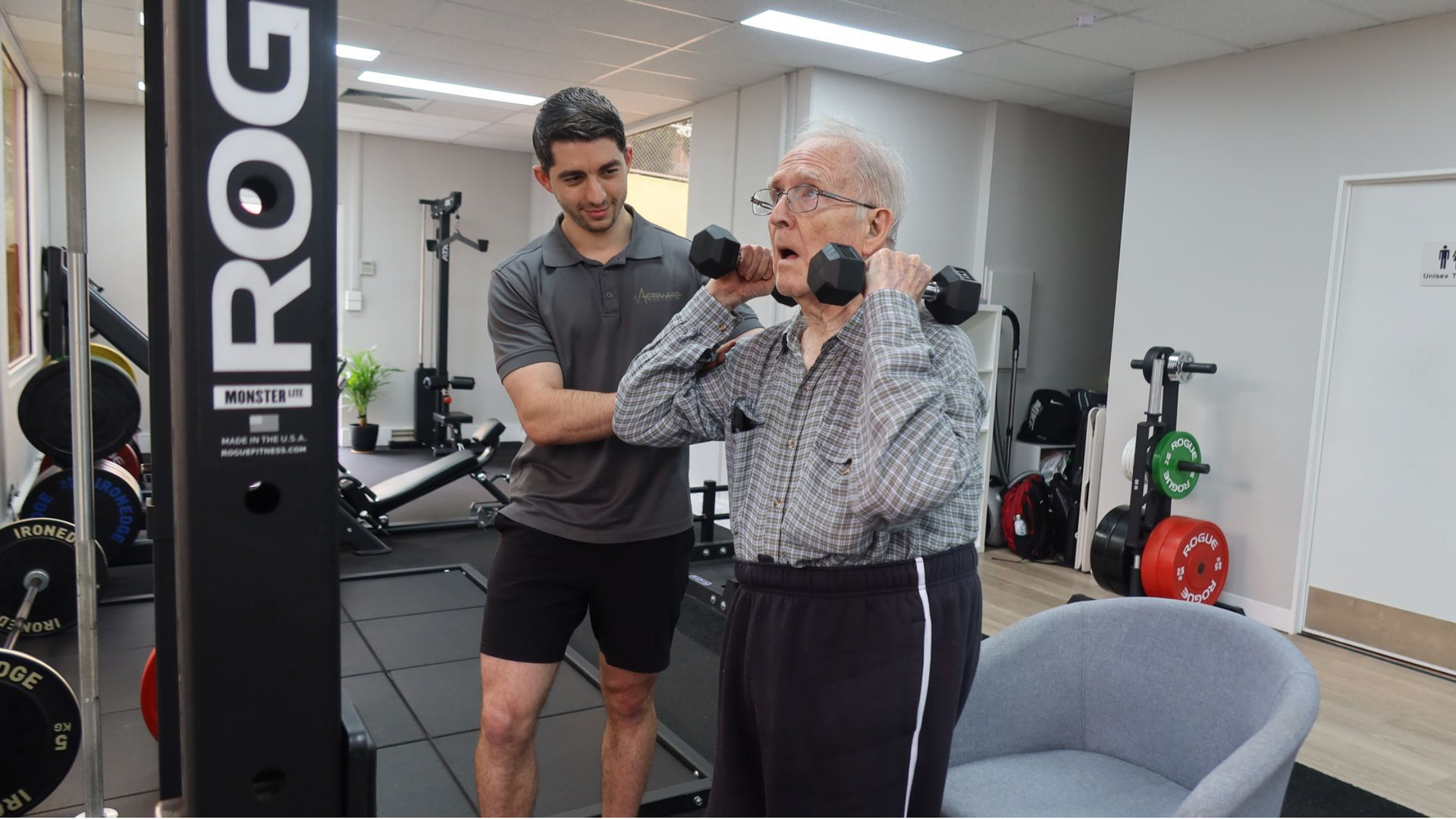
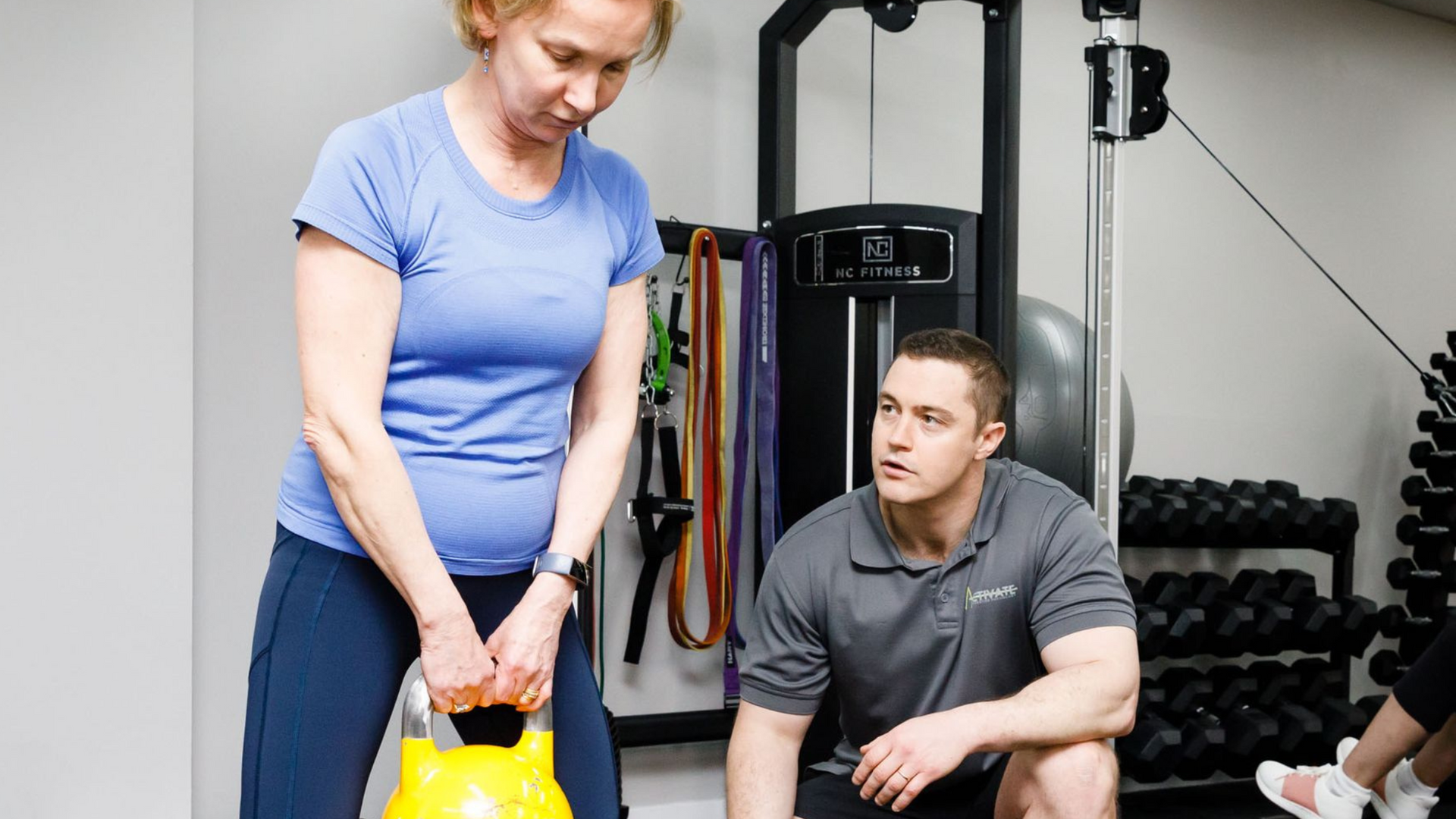
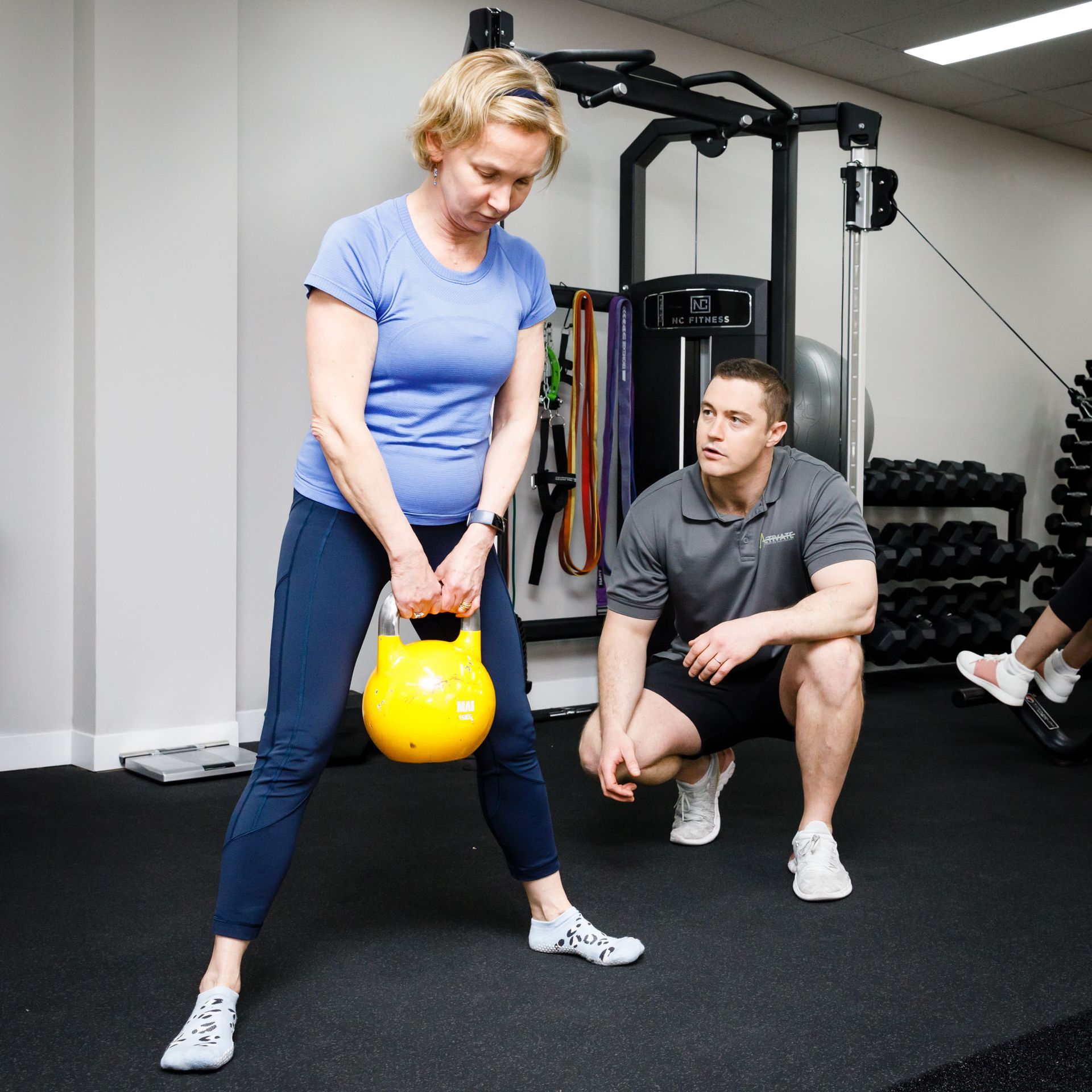
ACKNOWLEDGEMENT

We acknowledge Australian Aboriginal People and Torres Strait Islander People as the first inhabitants of the nation, and acknowledge Traditional Owners of the lands where our staff and students live, learn and work.
Contact & Hours
WELCOMING ALL COMMUNITIES
At Activate Allied Health, we're committed to creating an environment where everyone feels welcome and valued. Our dedication extends across every community, including LGBTQIA+ individuals and people from all minority groups. We believe in health equity and strive to provide compassionate and tailored care to all Australians.
Activate Exercise Physiology ©2024 | ABN 50 360 153 131 | Privacy Policy | Website by Roadmap Digital |


